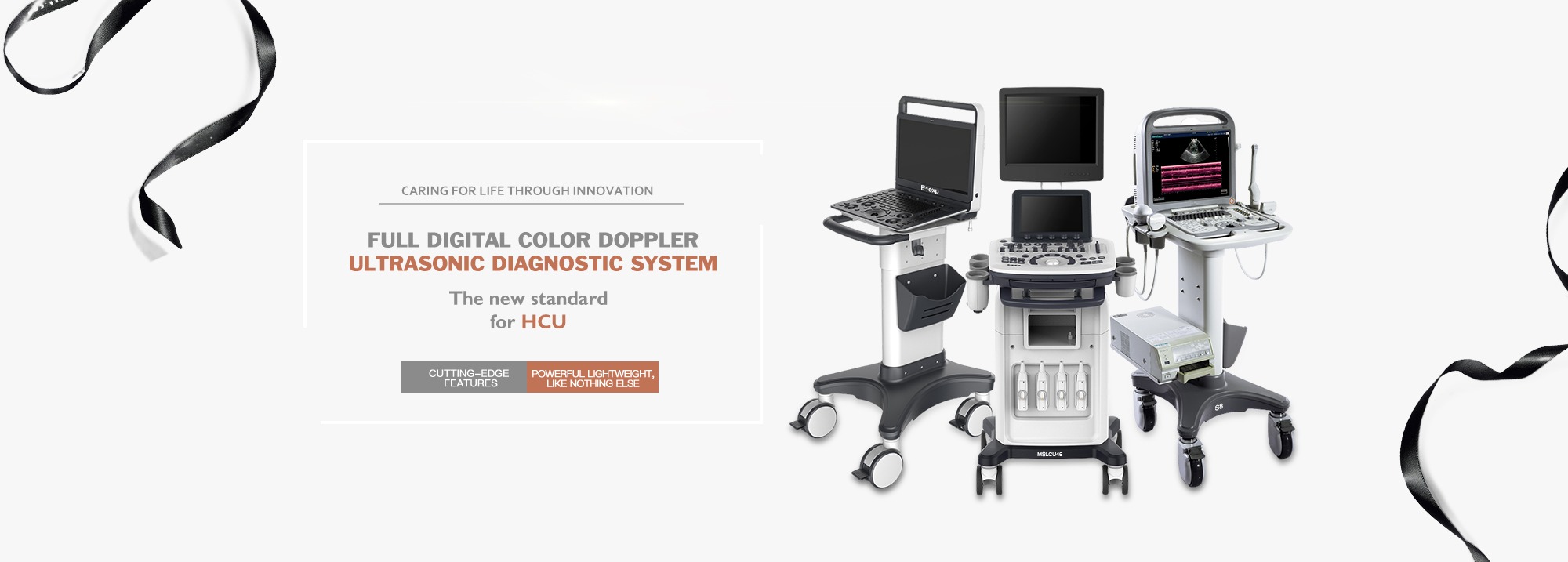Shock wave therapy, together with MRI and CT technology, is called the "three medical miracles". From physical concept to medical technology, "non-invasive" leads the new trend of pain development, is a non-invasive, non-invasive, safe way of physical therapy. It uses high-intensity aggregation shock wave to produce different tensile and compressive stresses on different soft tissues, stimulate and activate osteoblasts and mesenchymal cells, improve blood cell oxygen absorption function, accelerate microcirculation, and thus achieve therapeutic purposes. The infiltration of mechanical waves is used to loosen the adhesion of focal tissues, improve the local blood circulation of the disease, and restore nutrition to the cells suffering from the disease.
Recently, the pneumatic ballistic extracorporeal shock wave therapy instrument has become the right-hand assistant of the rehabilitation department and has shone in the treatment of pain.

01 Working principle

The principle of pneumatic projectile extracorporeal shock wave is to use compressed gas to generate energy to drive the bullet body in the handle, so that the bullet body produces pulse shock wave to act on the local area, which can promote tissue repair and pain relief.
02 Therapeutic advantage
1.Non-invasive, non-invasive, surgery-free;
2.The curative effect isaccurate, and the cure rate is 80-90%;
3.Fast onset, pain can be relieved after 1-2 treatments;
4.Safe and convenient, no anesthesia, no drugs, non-invasive operation;
5.The treatment time is short, about 5 minutes per treatment.
03 Scope of application
1. Chronic injury of soft tissue of limbs:
1) Shoulderand elbow: rotator cuff injury, long head bicipital tenosynovitis, subacromial bursitis, external humerus epicondylitis, internal humerus epicondylitis;

2)Wrist: tenosynovitis, finger arthritis;

3)Knee: patellar tendinitis, knee arthritis, anseropodium tendinitis;

4)Foot: plantar fasciitis, Achilles tendinitis, calcaneal bone spurs;

5)Cervical lumbar: myofascial syndrome, superior spinous ligament injury, posterior branch of spinal nerve syndrome.

2.Bone tissue diseases:
Nonunion of bone, delayed union and nonunion of fracture, avascular necrosis of femoral head in adult.
3. Other aspects:
Hemiplegic cerebral palsy: muscle spasms, etc.
04 Therapeutic effect

The function of tissue damage repair and reconstruction, tissue adhesion release, vasodilation and angiogenesis, analgesia and nerve end closure, high density tissue lysis, inflammation and infection control.
Cavitation effect: It is the unique characteristic of shock wave, micro-jet phenomenon, which is conducive to dredging the blocked micro blood vessels and loosening the adhesion of joint tissue.
Stress action: tensile stress and compressive stress are generated on the surface of tissue cells.
Piezoelectric effect: High energy extracorporeal shock wave can cause bone fracture, while low energy extracorporeal shock wave can stimulate bone formation.
Analgesic effect: Release more substance P, inhibit cyclooxygenase (COX-II) activity, stimulate nerve fibers.
Damage effects: The effects of extracorporeal shock wave on cells at therapeutic doses are generally reversible.
Post time: Jan-24-2024






